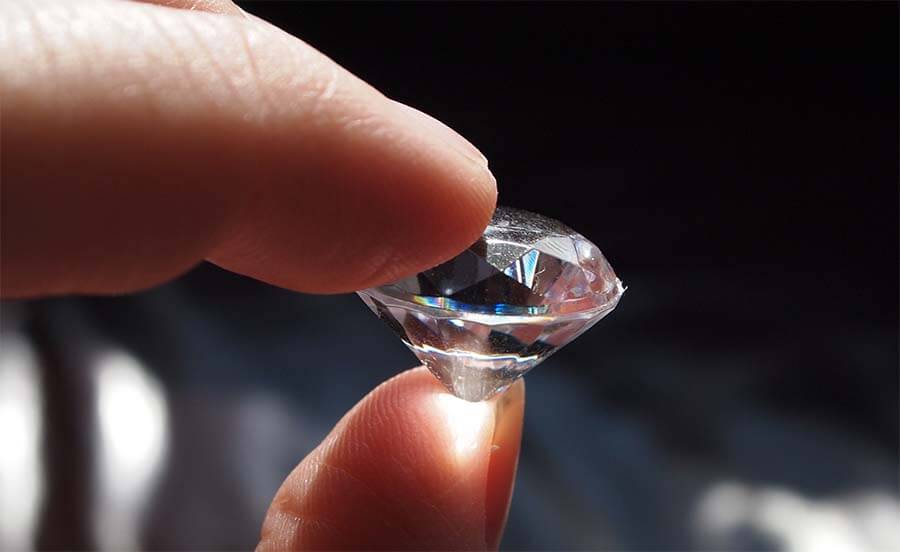
Diamonds, with their unparalleled brilliance and timeless allure, have captivated human fascination for centuries. But have you ever wondered what transforms a rough, unremarkable stone into a sparkling gem? The secret lies in the meticulous art and precise science of diamond cutting. In this article, we will explore the intricate process of 다이아몬드 컷팅, from its historical roots to the modern techniques that ensure each diamond shines at its best.
Table of Contents
1. The History of Diamond Cutting
The Origins of Diamond Cutting
The history of diamond cutting dates back to the 14th century when rudimentary methods were employed to shape diamonds. Initially, diamonds were simply polished to enhance their natural octahedral shape. It wasn’t until the late Middle Ages that more sophisticated techniques emerged, leading to the development of the first true diamond cuts.
Evolution Through the Ages
As technology advanced, so did the techniques of diamond cutting. The introduction of the bruting wheel in the 15th century allowed for more precise shaping, and by the 17th century, diamond cutting had become an established craft in Europe. The invention of the brilliant cut in the 18th century marked a significant milestone, as it maximized the stone’s fire and brilliance, setting a new standard in the industry.
2. The Science Behind Diamond Cutting
Understanding the 4 Cs
To appreciate the complexity of diamond cutting, one must first understand the 4 Cs: Carat, Color, Clarity, and Cut. While carat, color, and clarity are determined by nature, the cut is the only aspect influenced by human hands. The cut of a diamond affects its light performance, determining its sparkle and overall visual appeal.
The Anatomy of a Diamond
A diamond’s anatomy consists of several key components: the table, crown, girdle, pavilion, and culet. Each part plays a crucial role in how light interacts with the stone. A well-cut diamond will have precise proportions and angles that allow light to enter, refract, and exit in a way that enhances its brilliance and fire.
3. The Diamond Cutting Process
Planning and Mapping
Before any cutting begins, a thorough analysis of the rough diamond is conducted. Advanced imaging technologies, such as 3D modeling and laser mapping lab diamonds, are used to assess the stone’s internal characteristics and determine the optimal cutting strategy. This planning phase is crucial to maximize the diamond’s yield and quality.
Cleaving and Sawing
Once the planning is complete, the diamond undergoes cleaving or sawing to divide it into smaller, more manageable pieces. Cleaving involves striking the diamond along its natural grain lines, while sawing utilizes a diamond-coated blade to cut through the stone. These initial steps set the stage for the subsequent shaping and faceting processes.
Bruting and Girdling
Bruting, also known as girdling, is the process of creating the diamond’s basic shape. A bruting wheel, coated with diamond powder, is used to grind the stone into a round shape. This step is critical for establishing the diamond’s symmetry and proportions, which are essential for achieving optimal light performance.
Faceting and Polishing
The final steps in diamond cutting are faceting and polishing. During faceting, skilled artisans meticulously cut and shape each facet of the diamond, ensuring precise angles and alignment. Polishing enhances the diamond’s surface, eliminating any remaining roughness and maximizing its brilliance. This phase requires exceptional skill and attention to detail, as even minor deviations can affect the diamond’s overall quality.
4. Modern Techniques and Innovations
Laser Cutting and Computer-Aided Design
Advancements in technology have revolutionized diamond cutting. Laser cutting, for instance, allows for greater precision and efficiency, enabling cutters to achieve intricate designs that were previously impossible. Computer-aided design (CAD) software assists in planning and executing complex cuts, ensuring consistency and accuracy throughout the process.
The Role of Artificial Intelligence
Artificial intelligence (AI) is increasingly being integrated into diamond cutting. AI algorithms can analyze vast amounts of data to predict the best cutting strategies, optimize yield, and reduce waste. This technological integration not only enhances the quality of diamonds but also makes the process more sustainable and cost-effective.
5. The Future of Diamond Cutting
Sustainable Practices
As the diamond industry evolves, there is a growing emphasis on sustainability and ethical practices. Innovations in diamond cutting aim to minimize environmental impact and promote responsible sourcing. Lab-grown diamonds, for example, offer an eco-friendly alternative to mined stones, with cutting techniques that ensure they are indistinguishable from their natural counterparts.
Continued Advancements
The future of diamond cutting promises continued advancements in technology and technique. From more sophisticated AI-driven tools to cutting-edge laser technology, the industry is poised to achieve unprecedented levels of precision and artistry. These innovations will not only enhance the beauty of diamonds but also ensure that this timeless craft continues to evolve and inspire.
Conclusion: The Sparkling Outcome
Diamond cutting is a testament to human ingenuity and craftsmanship. From its historical beginnings to the modern innovations shaping its future, the process of transforming rough stones into dazzling gems is as fascinating as the diamonds themselves. So next time you admire a diamond’s sparkle, remember the skilled hands and advanced technologies that brought it to life. Whether you’re a connoisseur or simply appreciate their beauty, understanding the art and science of diamond cutting adds a new dimension to the timeless allure of these precious stones.

